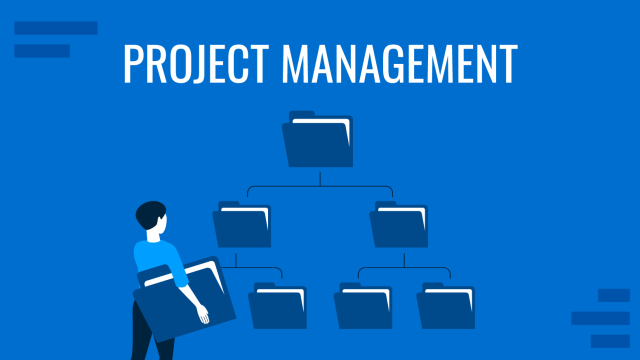
Quick Review of Project Management Methodologies
Learn everything about the Project Management Methologies that are taking the world by storm. In this article we explore the various methods and include all the templates you need.
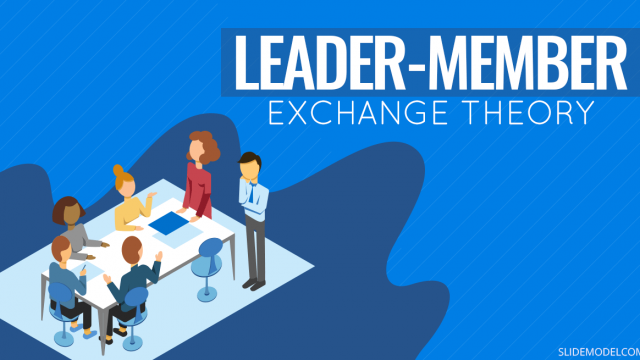
Leader-Member Exchange Theory and Managing Subordinates
Leadership always represents a challenge full of ups and downs. In this article, you will learn about the importance of Leader-Member Exchange Roles and how they function in organizations.
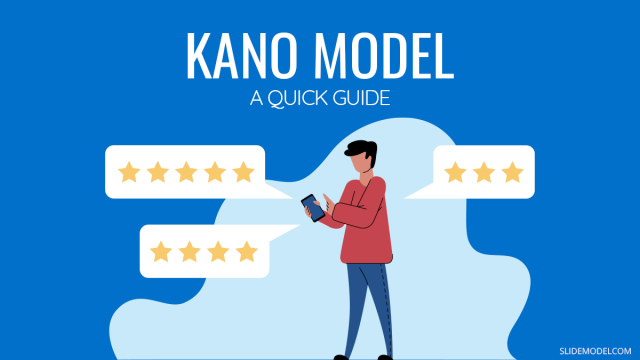
A Quick Guide to Kano Model: Kano Model Explained
In this article you will learn the basics of Kano model, which provides value driven development prioritizing quality.
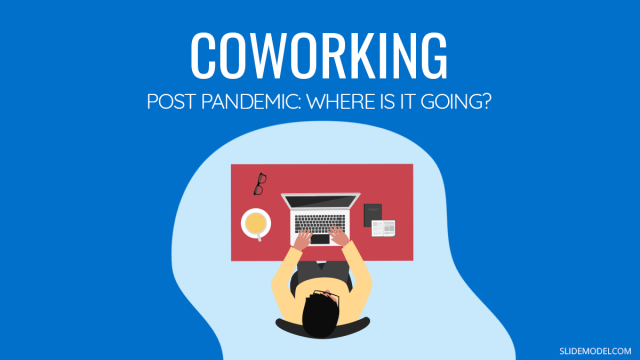
Coworking Spaces Post-Pandemic: Where the Industry Is Heading?
Learn more about the reality of coworking post pandemic, and how the workspace has dramatically changed for collaborators and companies equally.
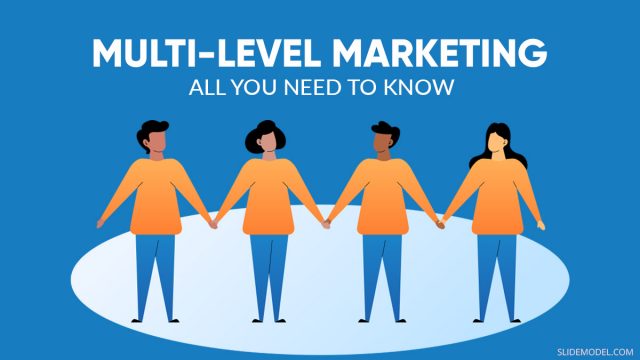
MLM: Quick Guide to Understanding Multi-Level Marketing
In this blog post, you will understand MLMs marketing basics and how it can benefit many types of business models for products.
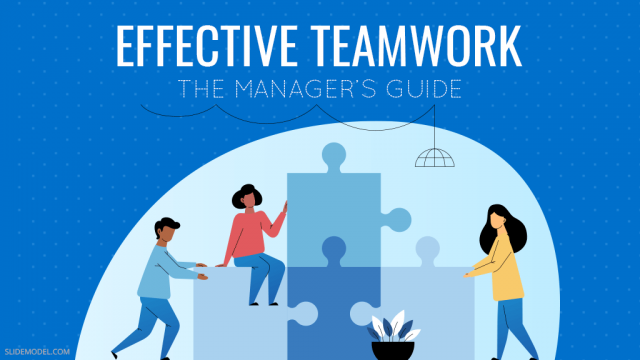
The Manager’s Guide to Effective Teamwork
Learn more about managing effective teamwork in this article and the presentation templates to make it happen.
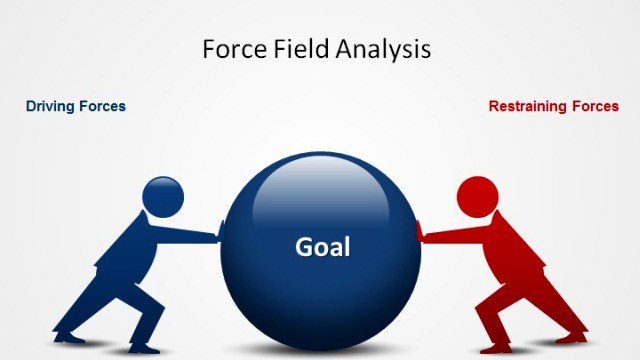
How To Conduct A Force Field Analysis?
Force Field Analysis is a handy technique for decision making, which can help in determining the factors which may hinder achieving a goal and can also be used in decision making. Below is an overview of this decision making technique in detail.
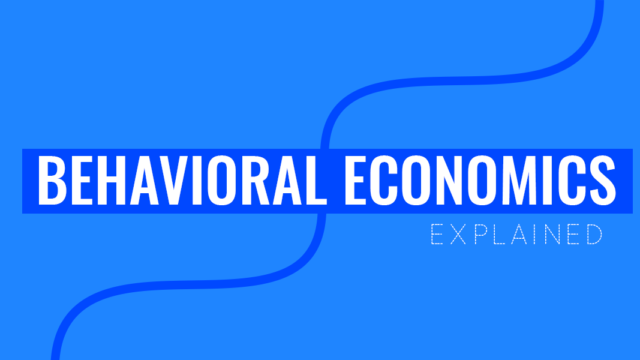
What is Behavioral Economics: Your Quick Guide
Every day we make a myriad of decisions – eat out or buy groceries, walk or hail a cab, go to the movies or stay in. Sometimes, we rationalize that cooking a home meal is a better idea since we already spent too much on dining this month. But then, we see some attractive promo at the deli and go on and change our mind in a beat. In a nutshell, behavioral economics attempts to study how our “whims” affect our day-to-day spending decisions and affect different economic processes on a macro level. Let’s dig in!
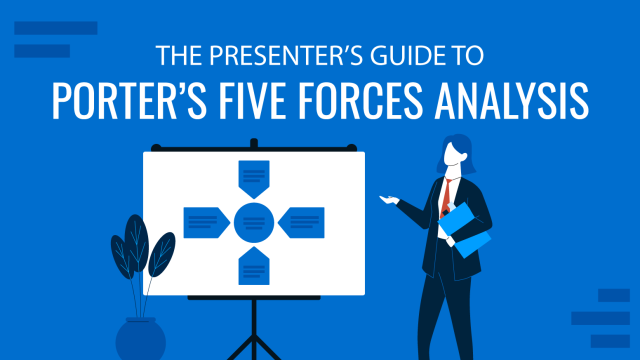
The Presenter’s Guide to Porter’s Five Forces Analysis
The Porter’s Five Forces analysis framework is one of the tools that is used for analyzing the competition within a business industry. It is a simple yet powerful tool that most businesses utilize in identifying their strategy’s potential profitability. One of the biggest threats to startups or established businesses is competition. The Porter’s Five Forces […]
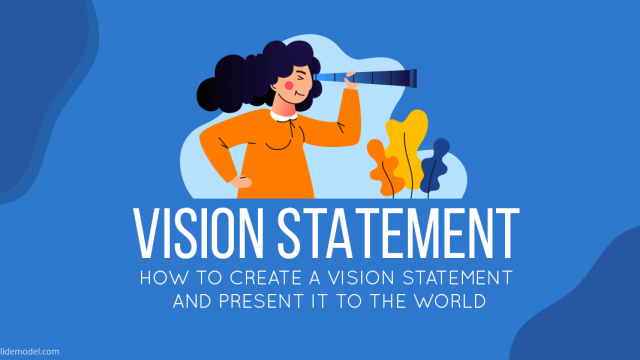
How to Create a Vision Statement and Present it to the World
Present your vision statement explaining to others why you are doing what you do and which things you aspire to pursue in the future. In this post, we’ll explore ways to create a compelling vision statement and present it to an audience.

The State of Remote Work: Key Trends
The face of the modern workplace is changing. It’s a matter of several things, companies are going global, or at least employing workers in places all over the globe. With this state of a new workplace and force, it is a good idea to take a look at this thing we call remote work, and all of its implications.
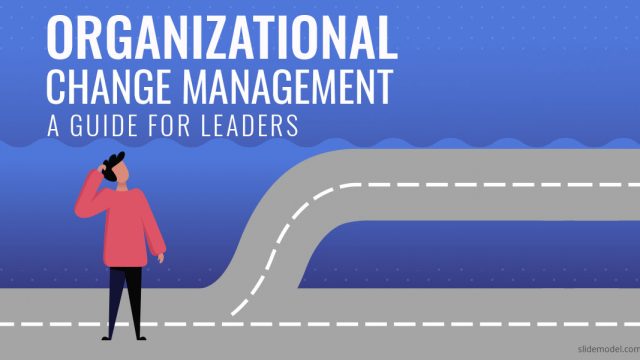
A Guide to Organizational Change Management for Leaders
Nearly 7 in 10 business leaders have experienced at least one corporate crisis in the past 5 years…